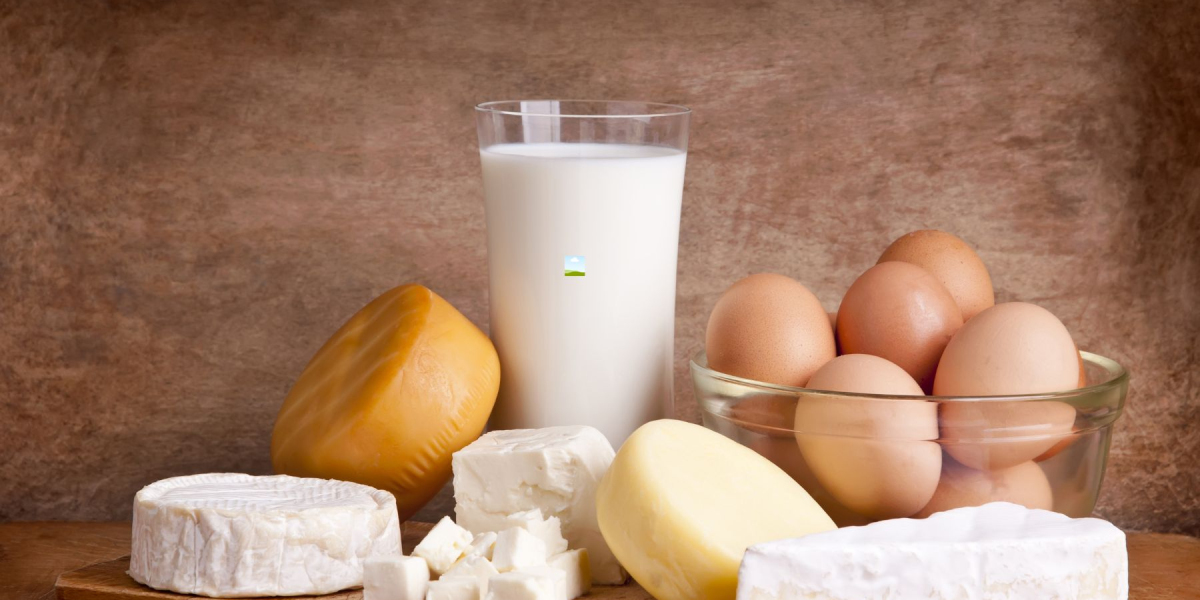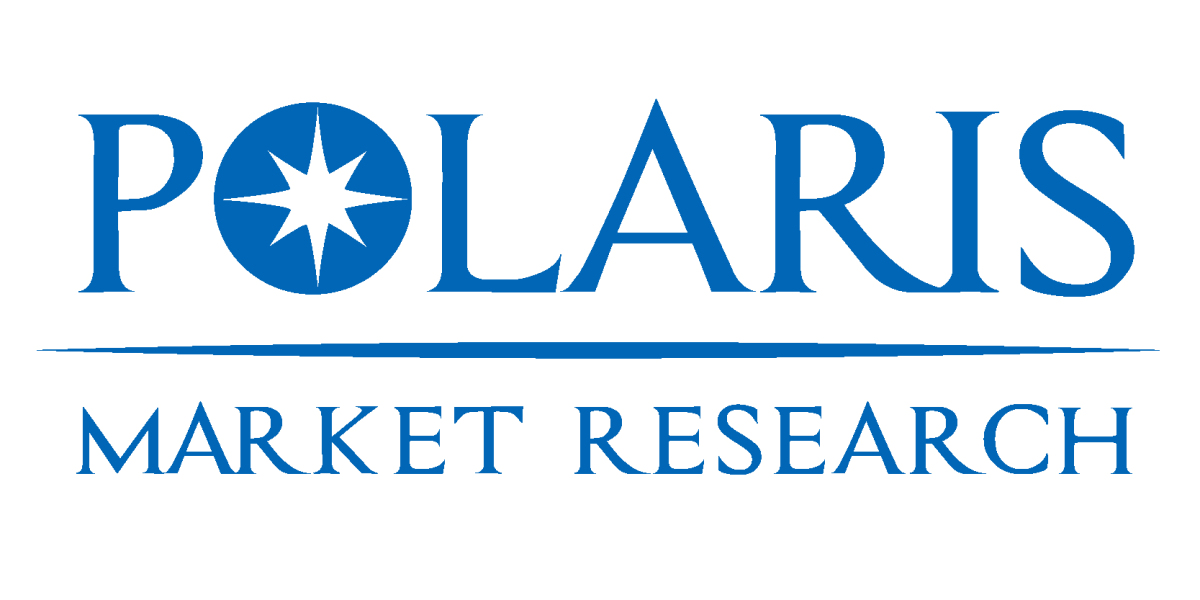The dairy industry in Oman is evolving rapidly, shaped by changing lifestyles, rising health awareness, and the country’s vision for food self-sufficiency. Once heavily dependent on imports, the Oman dairy market is now witnessing a strong domestic push driven by government initiatives, technological advancements, and growing consumer demand for high-quality dairy products.
From milk and yogurt to cheese and value-added products, the market reflects a blend of tradition and modernization. Let’s explore how Oman’s dairy industry is transforming and where new opportunities are emerging for producers, investors, and consumers alike.
The Rise of the Dairy Industry in Oman
Over the past decade, Oman has made significant strides in expanding its domestic dairy production. The establishment of large-scale dairy farms and processing facilities, supported by government-backed projects, has reduced reliance on imports and strengthened local supply chains.
The focus is not just on production but also on improving quality standards, packaging, and branding to compete with international players. As consumer awareness around nutrition grows, locally produced dairy products are becoming a preferred choice for many households.
Key Factors Driving the Oman Dairy Market
1. Rising Health and Nutrition Awareness
Consumers in Oman are becoming increasingly conscious of their dietary habits. The demand for protein-rich, calcium-fortified, and probiotic dairy products is growing, especially among younger and urban populations. Milk, yogurt, and cheese continue to be everyday staples, but demand for low-fat, lactose-free, and flavored variants is rising.
2. Government Support for Food Security
The Omani government has made self-sufficiency in food production a national priority. Under its Vision 2040 plan, investments in agriculture and livestock have been prioritized, including subsidies for dairy farms, modern equipment, and feed imports. Initiatives such as Mazoon Dairy have transformed the sector by improving milk yields and distribution networks across the country.
3. Shift Toward Processed and Value-Added Dairy Products
While fresh milk remains central to consumption, there’s growing interest in value-added dairy products like butter, cheese, cream, and yogurt. Consumers are exploring new flavors and convenient packaging, which has encouraged brands to innovate and diversify.
4. Expanding Retail and E-Commerce Channels
Supermarkets, hypermarkets, and online grocery platforms have made dairy products more accessible across Oman. The availability of chilled and packaged dairy products through modern retail formats ensures longer shelf life and consistent quality. E-commerce platforms further enhance convenience, particularly in urban areas.
5. Tourism and Hospitality Growth
As Oman’s hospitality industry expands, driven by tourism and events, the demand for premium dairy products in hotels, restaurants, and catering services is increasing. Imported and locally made cheeses, creams, and desserts are now key components of the country’s growing culinary scene.
Market Segmentation Insights
By Product Type
The Oman dairy market is segmented into milk, yogurt, cheese, butter, cream, and other dairy-based items. Milk continues to hold the largest share due to its widespread consumption, while yogurt and cheese are gaining traction because of health trends and convenience.
By Distribution Channel
Dairy products are primarily distributed through supermarkets, convenience stores, specialty shops, and online platforms. Supermarkets dominate the urban market, while rural areas are seeing improvements in cold-chain logistics to maintain product freshness.
By End-User
The market caters to household consumers, foodservice providers, and institutional buyers. The foodservice segment—comprising restaurants, bakeries, and cafes—has been expanding steadily due to urbanization and tourism development.
Emerging Trends in the Oman Dairy Industry
1. Growing Demand for Functional and Organic Dairy
Health-conscious consumers are gravitating toward organic, probiotic, and fortified dairy products. These offerings appeal to people seeking natural ingredients and added nutritional benefits. Producers are responding with innovations like high-protein yogurt, organic milk, and lactose-free variants.
2. Sustainability and Local Sourcing Initiatives
Sustainability has become a key focus area. Local dairy producers are investing in water-efficient systems, renewable energy, and recyclable packaging to minimize their environmental footprint. There’s also a strong push toward sourcing feed and raw materials locally to reduce import dependence.
3. Technological Advancements in Dairy Farming
Modern dairy farms in Oman are adopting automation and precision technologies for feeding, milking, and herd management. These innovations are improving productivity, animal welfare, and milk quality, contributing to a more efficient and sustainable dairy ecosystem.
4. Brand Differentiation and Marketing Strategies
Omani dairy brands are strengthening their presence with creative marketing campaigns emphasizing freshness, quality, and local pride. Social media and influencer marketing have become effective tools for promoting new product lines and engaging younger consumers.
5. Product Diversification and Innovation
From flavored milk drinks to cheese spreads and plant-based alternatives, brands are expanding their portfolios to cater to changing preferences. Ready-to-drink dairy beverages and single-serve packaging formats are becoming especially popular among busy consumers.
Challenges in the Oman Dairy Market
Despite its growth potential, the market faces challenges that need attention for long-term sustainability:
High Production Costs: Feed imports and farm maintenance contribute to high operational expenses.
Climate Constraints: Harsh weather conditions make dairy farming energy-intensive and reliant on advanced cooling systems.
Competition from Imports: Although local production is increasing, imported dairy products from neighboring GCC countries and Europe remain strong competitors.
Consumer Price Sensitivity: Price fluctuations in milk and feed costs can affect affordability and profit margins.
Addressing these challenges through strategic investments, technology adoption, and sustainable practices will be key to the industry’s continued expansion.
Future Outlook for the Oman Dairy Market
The future of the Oman dairy market looks promising. With ongoing government support, private sector participation, and rising consumer demand for healthier and locally produced options, the industry is poised for robust growth.
Innovation will play a crucial role—particularly in creating value-added products, improving supply chain efficiency, and enhancing dairy farming sustainability. As digitalization spreads across retail and logistics, Oman’s dairy sector will become more connected, transparent, and responsive to evolving market needs.
In the coming years, Oman could emerge as a key dairy hub within the GCC, balancing quality, affordability, and self-reliance in its approach to food security.
FAQs
What is driving the growth of the Oman dairy market?
Growing health awareness, government initiatives for food security, and increased demand for local and value-added dairy products are the main growth drivers.
Which products are most popular in the Oman dairy market?
Milk, yogurt, and cheese are the most consumed products, while flavored and organic dairy variants are becoming more popular among younger consumers.
How is technology influencing Oman’s dairy sector?
Automation, precision feeding, and cooling technologies are helping improve production efficiency and maintain high-quality standards in dairy farming.
Is the demand for plant-based dairy alternatives rising in Oman?
Yes, urban consumers are increasingly exploring plant-based options such as almond or oat milk, though traditional dairy still dominates the market.

















